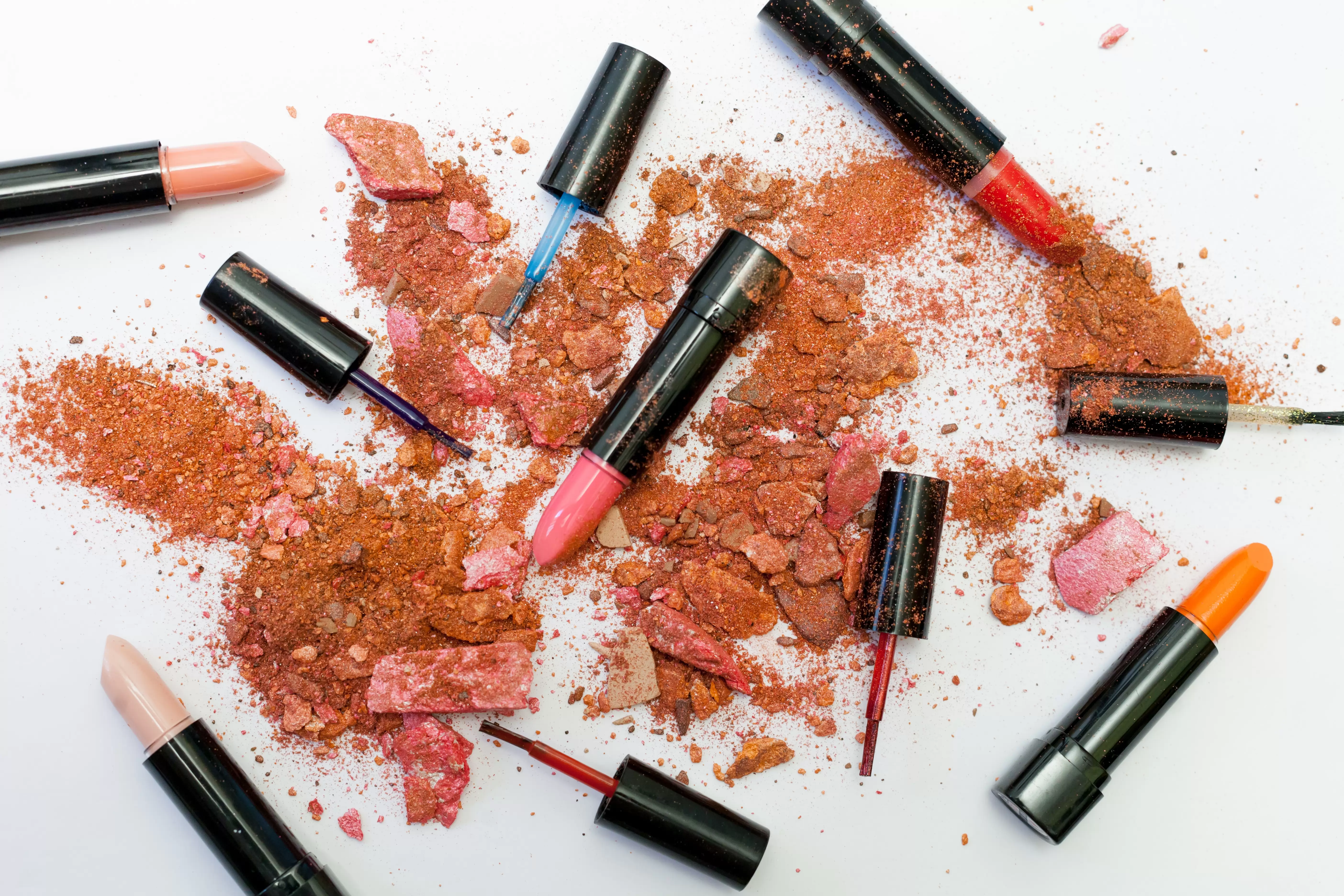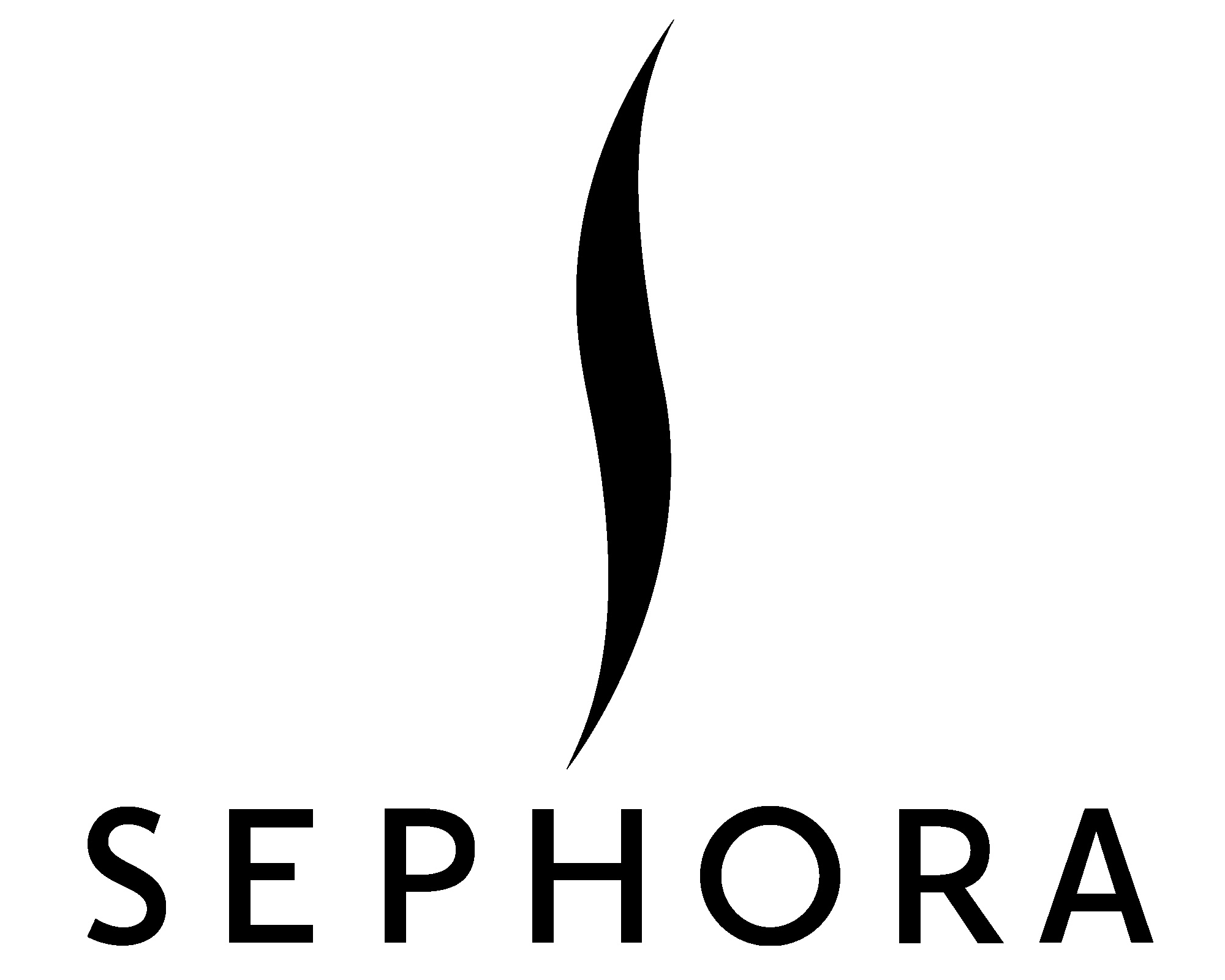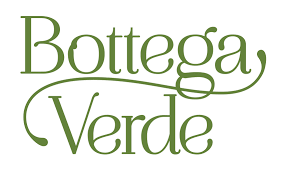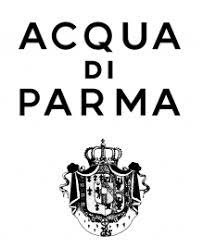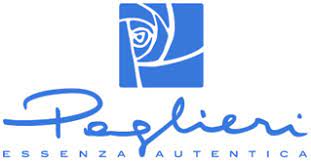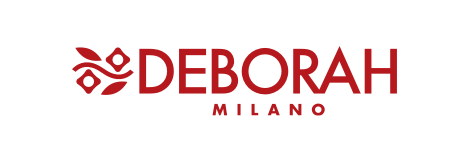Sintesi
Since 2020, the global cosmetics market has undergone significant changes, influenced by factors such as sustainability trends, consumer attention to product provenance and ingredient origin, and the increased emphasis on personal care. The Italian cosmetics market remained competitive, with production and exports growing year-on-year. Notably, there was a 20.5% drop in the value of exports, probably due to the pandemic, but a subsequent recovery with an increase of 22.1% by 2022.
Demand for cosmetics has evolved, with moisturizing make-up and multi-purpose body creams becoming popular, as well as products that pride themselves on being natural and sustainable, which account for around 25 percent of cosmetics consumption in Italy. EU cosmetics regulations were updated in 2022, with new bans on substances deemed carcinogenic, mutagenic and toxic. Italian market control procedures have also evolved, making it compulsory to translate labels into Italian. The structure and dynamics of the market have adapted, with a 2.48% growth in the number of companies in the sector between 2017 and 2021, and a 12.5% increase in the number of employees over the same period. In terms of distribution, Lombardy has emerged as the region with the highest concentration of cosmetics companies (almost 55 percent), while online sales channels have grown by 13.4 percent in 2022, reflecting changing consumer behaviors. However, the conflict between Russia and Ukraine has had an impact, driving up consumer prices for cosmetics. From February 2022 to December 2023, the consumer price index for beauty products in Italy rose by 7.5 points (+6.6 percent), reflecting tension in supply chains and rising raw material costs.
Despite these challenges, the Italian domestic cosmetics market has surged with overall sales growth of 12.4 percent, from 11.8 billion euros in 2021 to 13.3 billion euros in 2022. The global cosmetics market is also on a strong growth trajectory, with a compound annual growth rate of 5.2% between 2024 and 2032, reaching a projected value of around $541.89 billion.
The Italian cosmetics market: trends and key figures
The Italian cosmetics market has undergone a period of substantial growth and transformation in recent years, as evidenced by production and export figures that have been rising steadily since 2009. The market itself is highly competitive and dominated by a few cosmetics giants. Despite this, smaller players are increasingly making their mark by exploiting niche segments, particularly those driven by growing consumer interest in sustainability, environmental issues and product provenance. Recent updates to the EU Cosmetics Regulation in March 2022, which include a ban on substances classified as carcinogenic or toxic, reflect increasingly stringent oversight of product safety and consumer health.
Meanwhile, stories about natural and sustainable cosmetics have gained traction, with consumers showing a marked preference for products that are not only good for personal care, but also mindful of their environmental footprint. In Italy, the cosmetics industry posted a solid performance. Sales in the cosmetics industry exceeded 13 billion euros in 2022, a significant increase on the previous year. Within Italy, Lombardy stands out as the region with the highest density of cosmetics companies, accounting for almost 55% of the industry, followed by Emilia-Romagna, Veneto and Tuscany. Dynamic exports reinforce Italy's strength in the sector, with a notable annual increase in the percentage of exports, underlining a positive trade balance. The main consumer countries for Italian cosmetics are France, the United States, Germany, Poland and Hong Kong.
Limited liability companies (SARL) represent the majority of legal entities, accounting for 69.1% of the industry. Employment in this sector has grown proportionately, with a 12.5% increase in the number of employees between 2017 and 2021. Distribution channels in the cosmetics market are varied, with a significant presence in supermarkets, specialty stores, pharmacies and, increasingly, online sales. The impact of the Russian-Ukrainian conflict has not been negligible. It has led to disruptions in supply chains, access to raw materials and fluctuations in operating costs.
The Italian cosmetics market is a perfect illustration of the interplay between tradition and innovation, with a tapestry of well-established giants and emerging players. This dynamic industry is home to a captivating mix of companies, each carving out a niche or dominating sectors with a powerful presence.
- Kiko Milano has established itself as a trendsetter, particularly among the young and fashionable, offering a wide range of make-up products that combine quality and affordability. Its retail stores throughout Italy and beyond serve as a beacon for those wishing to explore current cosmetics trends without straining their wallets.
- Bottega Verde tells a story of cosmetics inspired by nature. With a focus on harnessing the power of botanical ingredients, this brand appeals to consumers who seek to integrate the purity of nature into their beauty regimen, promoting a healthy, eco-friendly approach to personal care.
- Acqua di Parma carries the flag for quintessential Italian luxury, exuding a history that blends tradition and modernity. Its colognes, originating in the old town of Parma, embody a heritage of craftsmanship and are synonymous with sophistication - a choice for those aligned with exclusivity and prestige.
- Sephora, a name recognized the world over, is a veritable beauty retail empire. It offers a diverse range of products, from high-end to more accessible brands, and is appreciated for its vast choice, enabling beauty enthusiasts to find almost everything they desire under one roof.
- L'Oréal Italy, part of the colossal L'Oréal group, illustrates the multinational facet of the sector. With an extensive product portfolio in all cosmetics categories, L'Oréal continues to lead the way through innovation, in-depth research and a strong presence in the mass-market channels.
- The Deborah Group prides itself on Made in Italy excellence, offering a range of colorful cosmetics for those who want to radiate Mediterranean allure and style. Over the decades, the group has forged a reputation for quality and affordability.
- Paglieri, with its storied past, has a portfolio that includes fragrances and body care products. The emphasis is often on the Italian aromatic tradition, offering customers sensory experiences encapsulated in their innovative, heritage-rich product lines.
Each of these players, with their unique positioning, contributes to the dynamism and diversity of the Italian cosmetics market, whether offering luxury experiences or focusing on sustainable, natural beauty alternatives. These companies, with their distinct brands and strategies, continue to shape the future of beauty, and not just in Italy,
per comprendere questo mercato
Dettaglio del contenuto
 Informazioni
Informazioni
- Pagine : 30 pags
- Formato : Versione PDF e digitale
- Ultimo aggiornamento : 29/01/2024
 Riepilogo ed estratti
Riepilogo ed estratti
1 Market Summary
1.1 Definition and presentation
A cosmetic includes any substance used to clean, moisturize or alter a person's skin, hair, nails or teeth.
Cosmetics can be divided into two categories:
- Beauty products: e.g. makeup, perfume, skin cream.
- Care products: e.g. shampoo, soap, deodorant.
In Italy, the cosmetics market has shown incredible performance in recent years, thanks to the positive perception of the country of origin. In fact, both production and exports have shown an annual percentage increase since 2009. The market, however, is highly competitive and concentrated in the hands of a few cosmetics giants, who have to continuously innovate their offerings to keep up with the changing needs of consumers and not lose market share to an increasing number of smaller players trying to conquer a certain niche.
In fact, following the growing interest in issues such as sustainability and the environment, or the increased focus on product provenance and ingredient origin, or even the higher consideration given to personal care, both existing businesses and new entrants need to quickly change their positioning accordingly.
1.2 The global market
Cosmetics are beauty products used for skin or body care or to accentuate the appearance of the human body. These refer to a range of products available mainly in different categories, such as skin care and hair care. The global cosmetics market reached a value of $***.** billion in **** and is expected ...
1.3 The domestic market
Despite the negative effects due to the prolonged Russian-Ukrainian conflict, high tensions on raw materials and related price increases, **** confirms a recovery dynamic in the production and market values of the Italian cosmetics industry. In fact, with the consolidation of the "new normal" and the overcoming of the production and market ...
1.4 The foreign market
It can be seen that the value of exports dominates the value of imports throughout the period taken into analysis (***). As for imports, we can see that there has been growth in recent years: from **** to **** the value undergoes an increase of *.* percent.
Exports, Imports and Coverage Rate of Cosmetics Italy, ...
1.5 Impact of the conflict between Russia and Ukraine
The Russian-Ukrainian conflict has had a significant impact on the cosmetics manufacturing industry, leading to higher producer and consumer prices. Geopolitical tensions have generated instability in supply chains, with disruptions in transportation and access to crucial raw materials. This uncertainty has triggered an uptick in operating costs for companies in the ...
2 Demand analysis
2.1 Demand characteristics
To visualize the consumption of cosmetics in the Italian context, an analysis of the monthly household expenditure item in personal hygiene and wellness items, natural products and beauty products is proposed. Specifically, we see that since **** , spending has significantly decreased compared to ****(***).
Item of monthly household spending on personal hygiene and ...
2.2 Demand drivers
Cosmetics are purchased more by women (***).
Estimated composition of consumption of cosmetic products for women (***) Italy, ****, % Cosmetics Italy
Consumers, on the other hand, concentrate their purchases in perfumery (***).
Estimated composition of cosmetic consumption for men (***) Italy, ****, % Cosmetics Italy
2.3 Geographical distribution of demand
Regarding the geographic distribution of cosmetics consumption, it can be seen that the highest value is concentrated in Northern Italy (***). As can be seen from the value of spending, products from this economic segment are in high demand and popular among Italian households.
2.4 New demand trends
HEALTH NURTURING
Consumers have long understood and incorporated into their routines the benefits of a holistic approach to health. This movement is set to increase in the coming years due to the growing aging population, progressively limited access to health care, and unbalanced diets. These factors will influence multiple consumer segments, ...
3 Market structure
3.1 Market structure and dynamics
Regarding the number of enterprises active in the manufacture of perfumes and cosmetics in the Italian context, there is a growth between **** and ****, amounting to *.** percent. The lowest value in the last five years taken into analysis is in ****, where only *** companies were present in the economic scenario. The value then ...
3.2 The Italian territory
In **** , the highest concentration of cosmetic enterprises is confirmed in the Northwest of Italy, with a weight on the geographical picture close to ** percent. Lombardy is confirmed as the region with the highest density of cosmetic companies, at nearly ** percent, followed by Emilia-Romagna(***). Calabria, Sardinia, Molise and Valle d'Aosta have insignificant ...
3.3 Value chain
The value chain in the cosmetics market includes several stages from the supply of raw materials to the sale to the end consumer. Here is a general summary of the main stages:
Raw material supply: this stage includes the production and supply of ingredients and materials used in the manufacture of ...
3.4 Distribution channels
The main distribution channels for cosmetics are: GDO and other channels: common channel for the distribution of cosmetics, offering a wide range of brands and products under one roof; they often target mass-market products and are chosen by consumers seeking to purchase cosmetics along with their regular spending on other products. Pharmacies ...
3.5 Main actors
4 Supply analysis
4.1 Type of the offer
[***]
4.2 Prices
Over the past year, the consumer price index for beauty products has grown significantly: from December **** to December **** there was an increase of *.* points(***). The growth in value occurred gradually and was certainly influenced by the recent price increases caused by the Russian-Ukrainian conflict. Consumer price index in beauty products Italy, ...
4.3 New supply trends
Mineral makeup
Mineral makeup has a unique composition of minerals processed into a powder composed of microcrystals that naturally adhere to the skin. Being exclusively composed of minerals, they have no additives, preservatives, silicones, etc. inside them. So all substances that can become harmful to one's skin over time are avoided. ...
5 Rules and regulations
5.1 EU cosmetics regulation: updates 2022
Regulation ****/**** was updated on March *, ****, and has new bans that cosmetic retailers must comply with when offering their products for sale.
These are zinc pyrithione and butylphenyl mathylproponial. In fact, these two substances have recently been classified as carcinogenic, mutagenic and toxic. As of March ****, cosmetics companies are no longer allowed ...
6 Positioning of actors
6.1 Segmentation of actors
- KIKO Milano
- Sephora
- Bottega Verde
- Acqua di Parma
- L'Oréal Italia
- Paglieri
- Deborah Group
Tutti i nostri studi sono disponibili online e in PDF
Ti invitiamo a consultare un esempio del nostro lavoro di studio su altri mercato!
Aziende citate in questo studio
Questo studio contiene un panorama completo di società di mercato con le ultime cifre e le notizie di ogni azienda :
 Perché Scegliere Questo Studio :
Perché Scegliere Questo Studio :
Accedi a più di 35 ore di lavoro
I nostri studi sono il risultato di oltre 35 ore di ricerca e analisi. L'uso dei nostri studi ti consente di dedicare più tempo e aggiungere valore ai tuoi progetti.
Approfitta di 6 anni di esperienza e oltre 1.500 studi settoriali già prodotti
La nostra competenza ci consente di produrre studi completi in tutti i settori, inclusi i mercati di nicchia o emergenti.
Il nostro know-how e la nostra metodologia ci consentono di produrre studi con un valore unico di denaro
Accedi a diverse migliaia di articoli e dati a pagamento
BusinessCoot ha accesso all'intera stampa economica a pagamento e ai database esclusivi per svolgere studi di mercato (+ 30.000 articoli privati e fonti).
Al fine di arricchire i nostri studi, i nostri analisti utilizzano anche indicatori Web (semrush, tendenze, ecc.) Per identificare le tendenze in un mercato e strategie aziendali. (Consulta le nostre fonti a pagamento)
Supporto garantito dopo l'acquisto
Una squadra dedicata al servizio post-vendita, per garantirti un alto livello di soddisfazione. +39 380 247 7810
Un formato digitale progettato per i nostri utenti
Accedi a un PDF ma anche una versione digitale per i nostri clienti. Questa versione consente di accedere a fonti, dati in formato Excel e grafica. Il contenuto dello studio può quindi essere facilmente recuperato e adattato per i tuoi supporti.
 Le nostre offerte :
Le nostre offerte :
the cosmetics market | Italy
- Quali sono i dati relativi alle dimensioni e alla crescita del mercato?
- Cosa sta influenzando l'andamento e l'evoluzione del mercato?
- Qual'è il posizionamento degli attori di mercato?
- Segmentazione e profilo delle aziende operanti nel mercato
- Dati e numeri da una molteplicità di fonti
Pacchetto di 5 studi (-15%) IT Italy
- 5 rapporti a 75,6 € IVA esclusa per studio da scegliere dal nostro catalogo italiano per 12 mesi
- Risparmiare il 15% sugli studi aggiuntivi acquistati
- Scegliere il rimborso del credito non utilizzato al termine dei 12 mesi (durata del pacchetto).
Consulta i termini e le condizioni del pack e del rimborso del credito non utilizzato.
